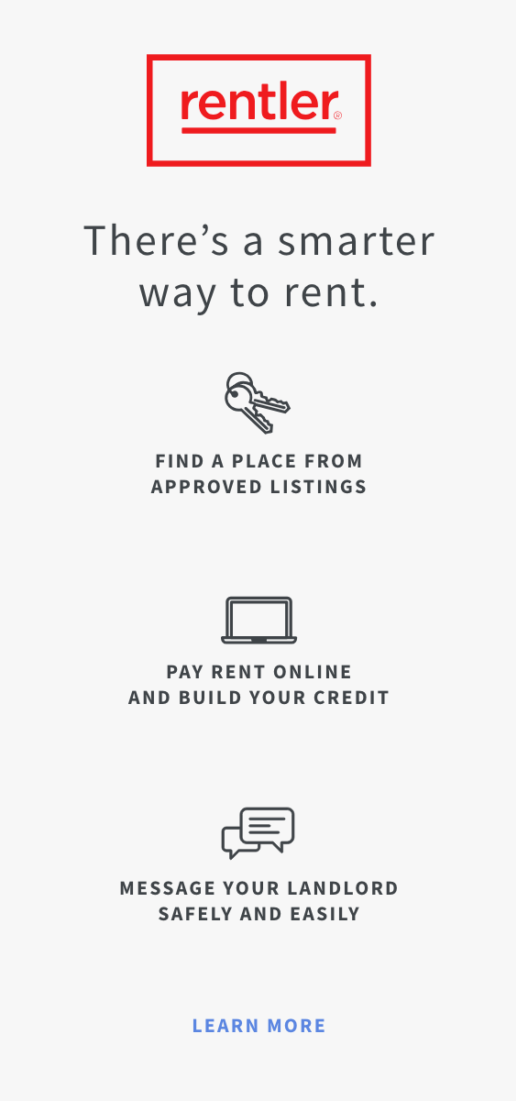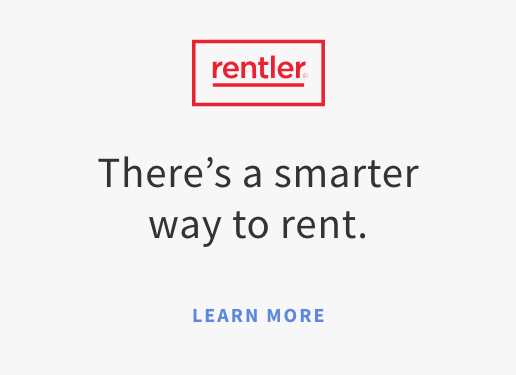When looking for places to live, one of the biggest elements of home shopping that people take into consideration is affordability. Personal finance experts usually argue that there is a rule on how much you should spend on your housing. This is called the “One-Third Rule”, which says that you shouldn’t be spending more than one-third of your income on rent. By allocating a third of your budget to housing, you will leave yourself with enough money for other important expenses, such as food, gas, savings, and social events.
However, when it comes to financial rules like this, many are left wondering: is this realistic for most people? The answer to this question is, unfortunately, not an easy yes or no. In truth, rent affordability depends on where you live. Smaller towns have much cheaper rent than major metropolitan areas, meaning that the ability to stick to the one-third rule is entirely based on where you’re located and how much you make.
Let’s look into rent affordability by state, and what to do if the costs of housing in your area are breaking your budget.
Research has been done to determine rent costs, and how much is needed to afford apartments across the country. As shown by this map from HowMuch.net, we can see how much money you would need to earn in order to stick to the one-third rule of housing every state. This number is based on how much average rent is in every state.
Unfortunately, the results might be concerning to many would-be renters in certain states– since, in comparison, the average monthly salary in the U.S. is $3,714. This means that in the more costly states, such as New York and California, sticking to the one-third rule is a challenge. While these numbers may be inflated by higher rent costs in major cities, such as NYC and LA, a picture is certainly being painted on how much Americans can realistically afford.
In order to determine if the rule is going to work for you, start by creating a budgeting spreadsheet to track how much you usually spend on required monthly necessities, such as your rent, food, gas, etc. Once you’ve analyzed this information, you should have a good idea of how much of your budget rent is taking up. In certain cases, you may find rent taking up around 40, or even 50% of your budget.
If you’re seeing these numbers and getting concerned, don’t worry. There are actions you can take that will help you save money on housing and keep your expenses as low as possible.
Automate Your Finances
Budgeting and financial management are not easy tasks, and even those who practice personal finance strategies for years still struggle with some things. This is where new technology can come in handy and give you a boost. There are now many great budgeting apps available that can help you keep all of your finances organized and on track. If your landlord uses Rentler, you also will be able to pay your rent online, streamlining the process and allowing you to focus on other areas of your life.
In addition to this, you can also look into signing up for an online bank account. Unlike traditional banks, online banks offer unique features, such as automatic savings, that can help you put a bit of extra money aside with every paycheck or purchase. By doing this, you can start setting up important things like savings and emergency funds, which will be useful on days where you may need to break your budget more than you’d like to.
Live with Roommates
One of the best ways to save money on rent is by living with roommates. Instead of taking on the entire cost of renting on your own, you will be splitting it with another person or even a group of people. This can make reaching that 30% rule much easier than if you were living alone.
Living with roommates can also be a lot of fun. If you have a group of friends and are looking for housing together, it can be a great way to build connections, or even meet new people. No matter the case, always make sure you trust the people you’re rooming with. You don’t want to be in an uncomfortable living situation, as this can sometimes lead to people moving out, and require you to put more of your budget paying rent and managing your home.
Subleasing
Subleasing your living space can also be a great way to save money on rent. While similar to living with roommates, it is a bit more complicated. However, the reward yielded is also much better, as it can often make your cost of living completely free if done properly.
Subleasing works like this: if you have free space in your apartment, such as an extra unused room, you can “rent” that space out to someone else. There are a few different approaches you can take to subleasing. All of them require, first and foremost, permission from your landlord. If your landlord is okay with the idea of subleasing and gives you the go-ahead, you can start looking for your own tenants.
There are a few different approaches to this strategy. One of the more popular ways of doing this is with Airbnb. If you’re someone who travels a lot and often find your apartment empty, why not use that to your advantage and rent out space while you’re gone. And while a bit riskier if your unit is a multifamily, you can inquire about renting the entire unit, living in one half and keeping the other unit open as a full-time Airbnb. By doing this, you may be able to earn enough profits to pay for both units and save money on housing.
While rent affordability is becoming more difficult, there are a lot of great options available for those looking to save money, and stick to the recommended one-third rule of budgeting. Before following these tips, always remember to check in with your landlord about what they allow, and do further research to make the most well-informed decisions about your finances.




